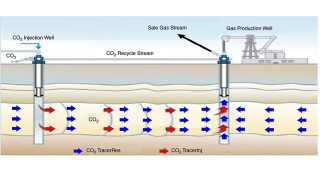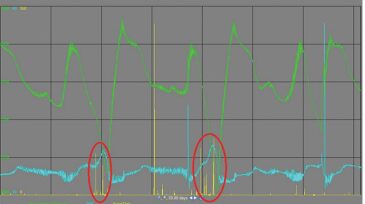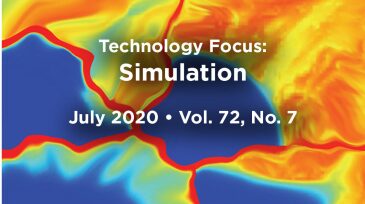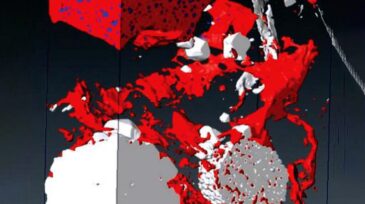Reservoir simulation
The aim of this study is to incorporate detailed geological, petrophysical, and hydraulic fracturing models to better predict and mitigate the effects of interbench interactions.
The objective of this paper is to apply a developed workflow to determine the propped hydraulic fracture geometry in a horizontal multistage fractured well, incorporating production, pressure, and strain data.
This study explores the feasibility of implementing in-situ carbon dioxide recycling for sequestration as a fit-for-purpose developmental strategy for a Malaysian gas field characterized by an initial carbon-dioxide content of approximately 60%.
-
The complete paper discuses a well with a history of sand production that exhibits long cyclic slugging behavior.
-
Fit-for-purpose tactics likely will be of ever-increasing focus going forward. If it is not adding value, it should not be done. But “fit for purpose” encompasses a wide range of possibilities—leveraging new approaches as well as learning from old approaches and improving current approaches.
-
In the complete paper, the authors revisit fundamental concepts of reservoir simulation in unconventional reservoirs and summarize several examples that form part of an archive of lessons learned.
-
In the complete paper, a novel hybrid approach is presented in which a physics-based nonlocal modeling framework is coupled with data-driven clustering techniques to provide a fast and accurate multiscale modeling of compartmentalized reservoirs.
-
In the complete paper, the authors reduce nonuniqueness and ensure physically feasible results in multiwell deconvolution by incorporating constraints and knowledge to methodology already established in the literature.
-
In the complete paper, the authors derive a novel analytical solution to model the temperature signal associated with the shut-in during flowback and production periods.
-
The complete paper demonstrates the benefits of honoring data measurements from a multitude of potential sources to help engineers do a better job of including more diagnostics into routine operations to provide additional insight and result in improved models and completion designs.
-
Most history-matching studies have fixed resources—that is, the team of engineers and geoscientists is predetermined. Moreover, the deadlines are always very strict. This constrained scenario often leads to an unfortunate result: The quality of the study suffers.
-
Proper lateral and vertical well spacing is critical for efficient development of unconventional reservoirs. Much research has focused on lateral well spacing but little on vertical spacing, which is challenging for stacked-bench plays such as the Permian Basin.
-
The complete paper explores the use of multilevel derivative-free optimization for history matching, with model properties described using principal component analysis (PCA) -based parameterization techniques.













